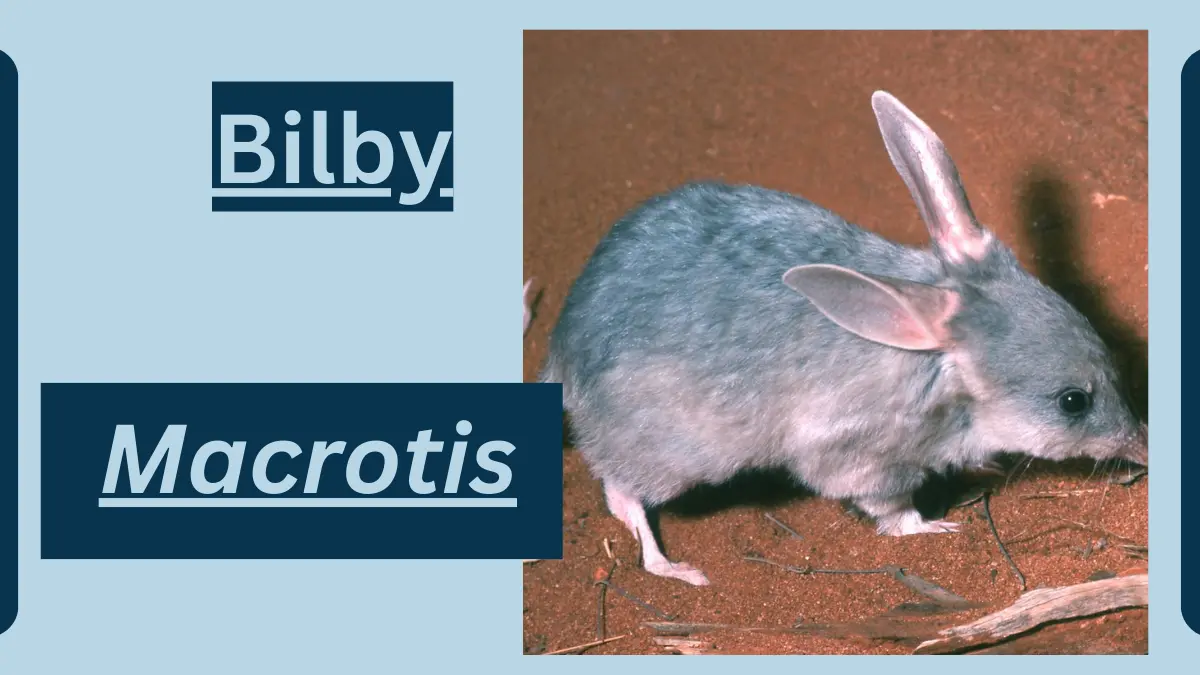Brown Bear Animals Facts
October 18, 2023
The Brown Bear, also known as the Grizzly Bear in North America, is a large and powerful bear species found in various parts of the world.

Brown Bear
Here are some facts about the Brown Bear:
| Topic | Information |
| Scientific Classification | – Kingdom: Animalia |
| Phylum: Chordata | |
| Class: Mammalia | |
| Order: Carnivora | |
| Family: Ursidae | |
| Genus: Ursus | |
| Species: Varies by region (e.g., Ursus arctos, Ursus horribilis) | |
| Physical Appearance | Brown Bears are characterized by their large size, shaggy fur, and a distinctive hump of muscle on their shoulders. They have a range of fur colors, from light brown to dark brown, and sometimes nearly black. |
| Size and Weight | Brown Bears are among the largest bear species. They can stand up to 10 feet (3 meters) tall on their hind legs and weigh between 400 to 1,500 pounds (180 to 680 kilograms), with males generally larger than females. |
| Habitat and Range | Brown Bears are highly adaptable and have a wide range of habitats. They are found in North America, Europe, Asia, and parts of Africa. They inhabit forests, mountains, and coastal regions. |
| Behavior and Lifestyle | Brown Bears are characterized by their large size, shaggy fur, and distinctive hump of muscle on their shoulders. They have a range of fur colors, from light brown to dark brown, and sometimes nearly black. |
| Hibernation: Brown Bears often hibernate during the winter months, entering a state of reduced activity and metabolic rate. | |
| Reproduction and Life Cycles | Brown Bears reproduce sexually, with females giving birth to one to four cubs. Cubs are born during hibernation and stay with the mother for a couple of years. |
| Diet and Prey | Their diet varies based on location and seasonal availability, but it often includes salmon, berries, roots, and grasses. They are powerful predators and scavengers. |
| Predators and Threats | Brown Bears have few natural predators, with humans being the primary threat. They face habitat loss, hunting, and conflicts with people, which can lead to human-bear conflicts. |
| Interesting Facts and Features | Brown Bears reproduce sexually, with females giving birth to one to four cubs. Cubs are born during hibernation and stay with their mother for a couple of years. |
| Keystone Species: They play a crucial role in ecosystems by helping to regulate prey populations and distribute nutrients. | |
| Relationship with Humans | Brown Bears have been both revered and feared by humans throughout history. They are the subject of cultural stories and are often a focus of conservation efforts to protect their populations. |
| Conservation Status and Life Today | Brown Bears are considered a species of “Least Concern” globally. However, some subspecies and populations are endangered or vulnerable due to various threats. Conservation measures are in place to protect them. |
File Under:







Leave a Reply